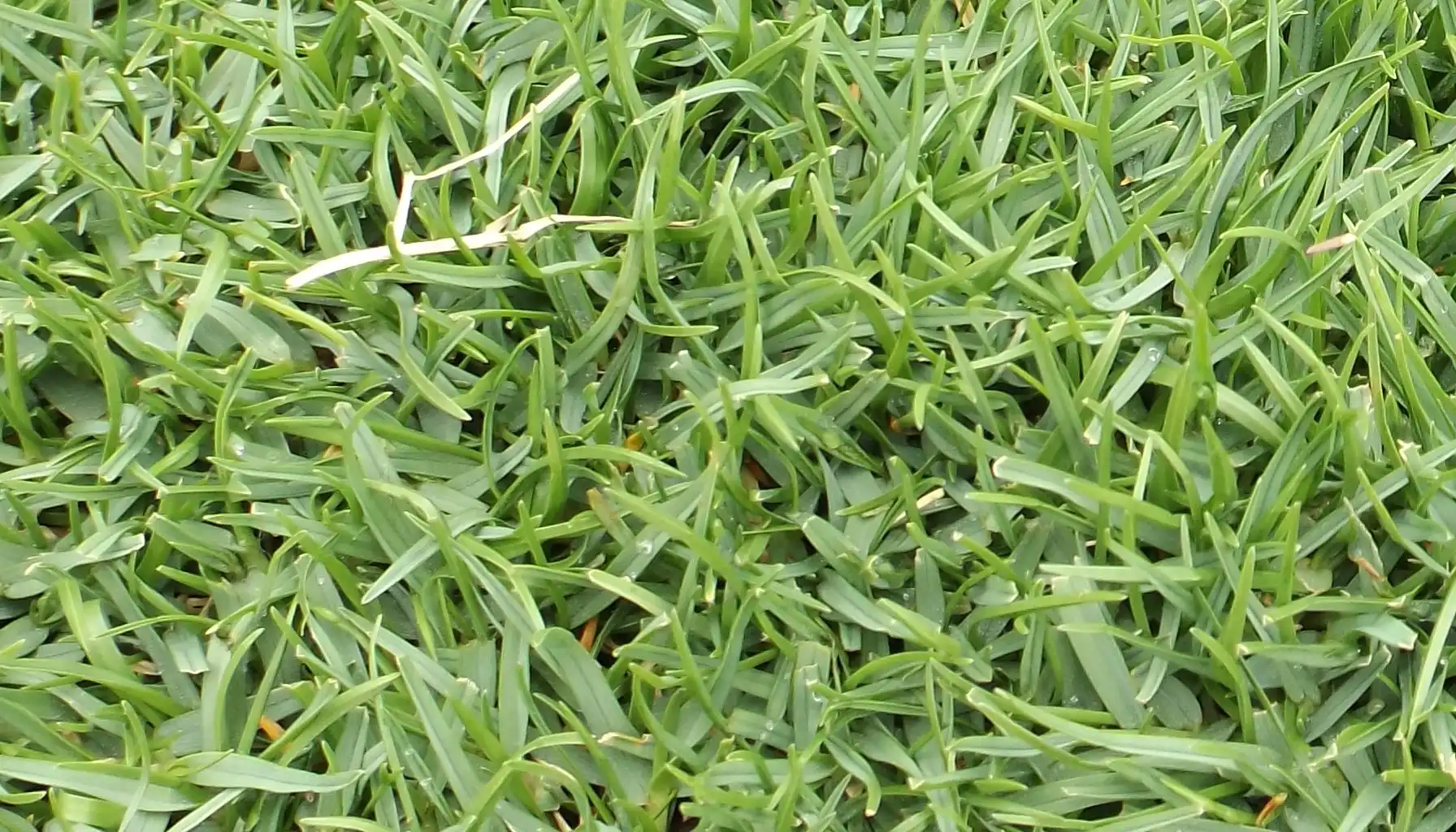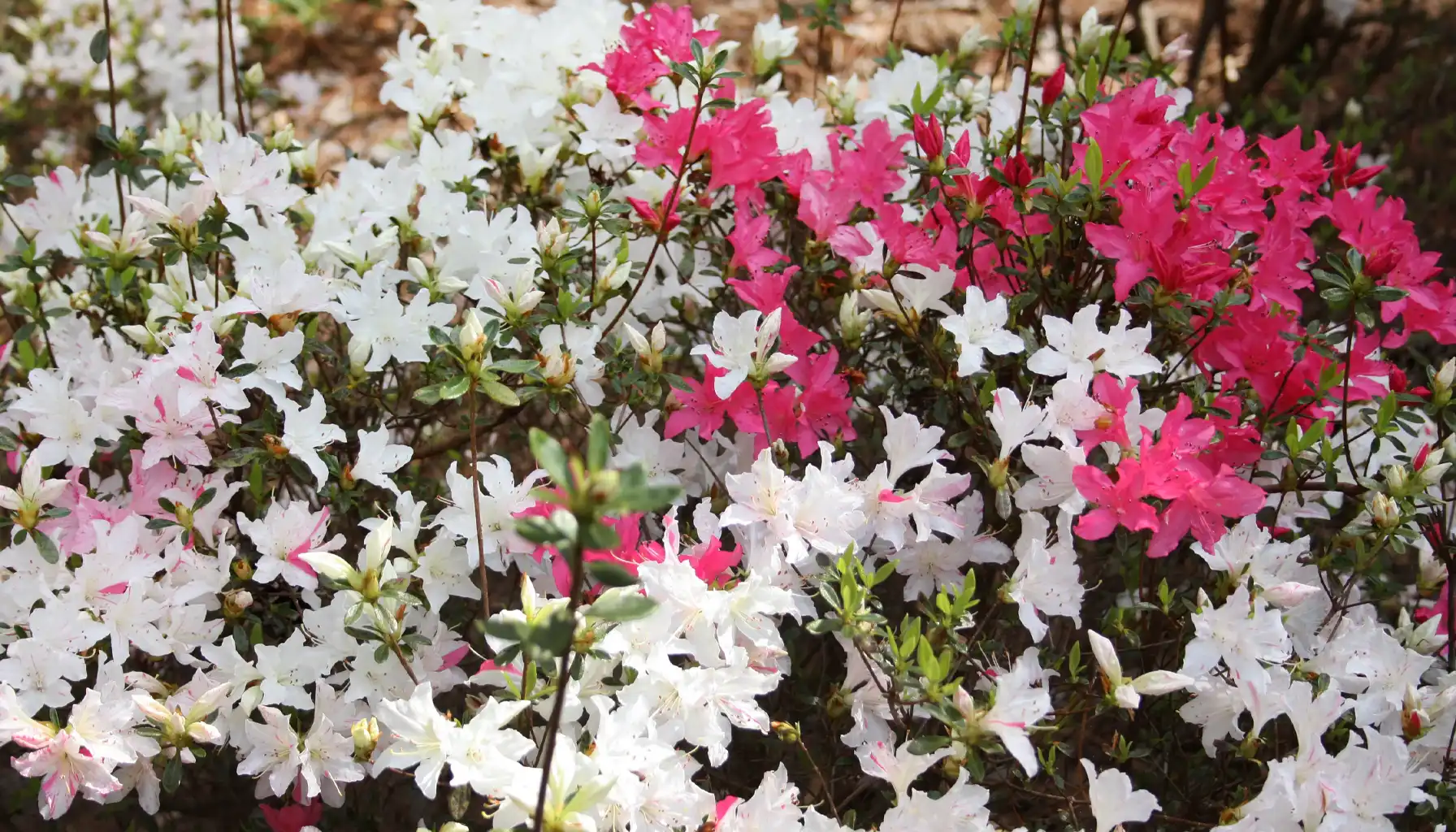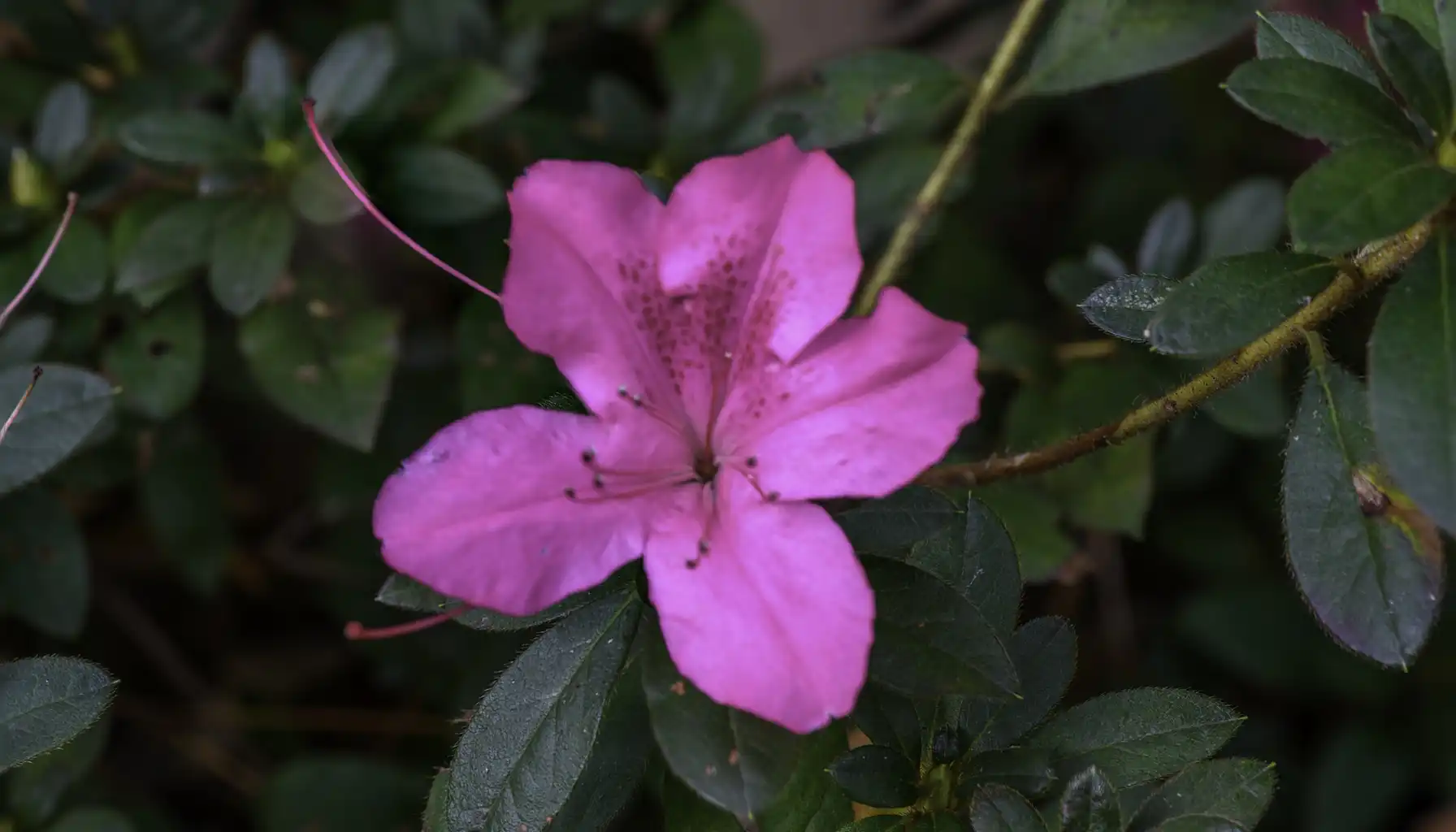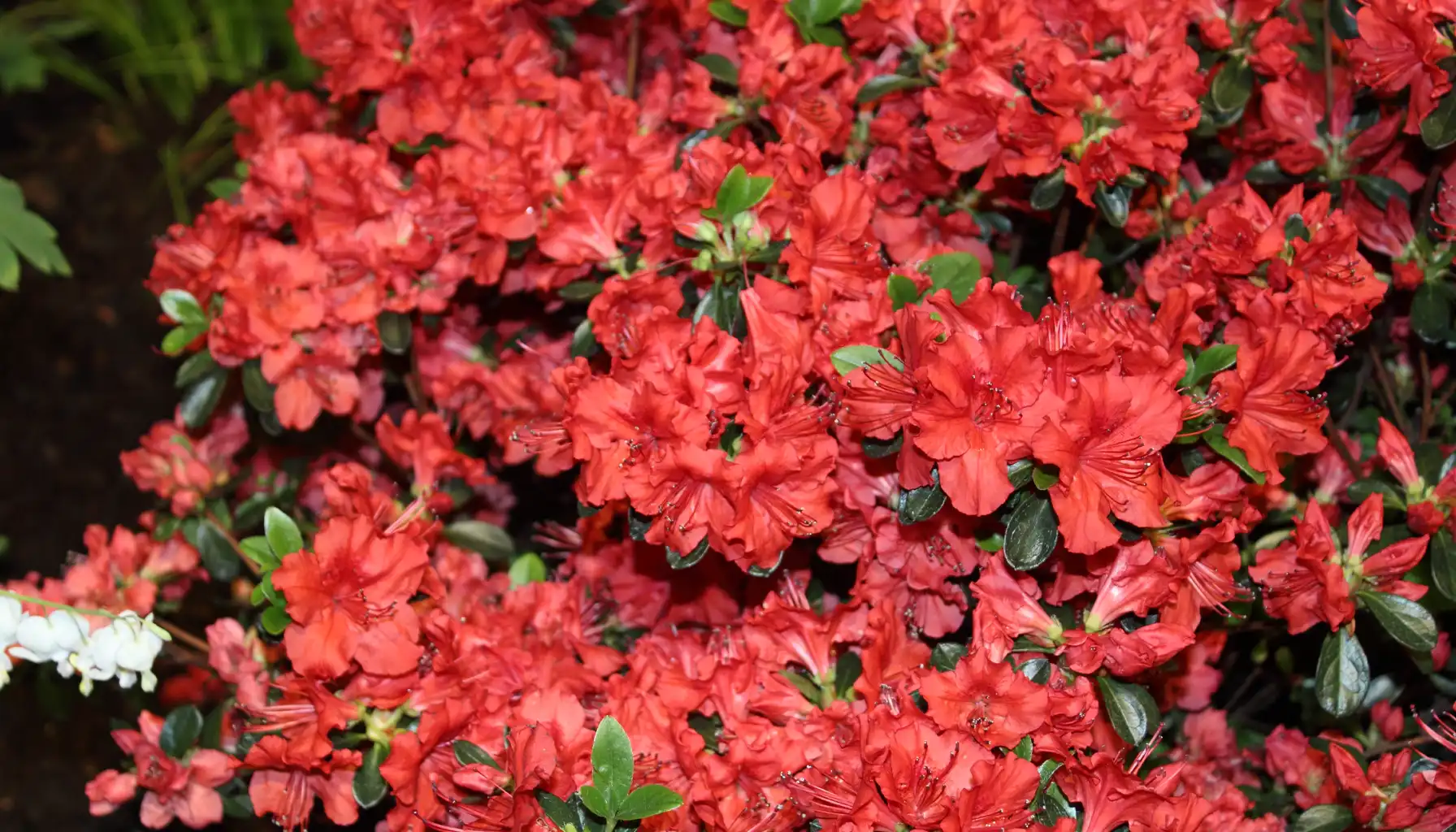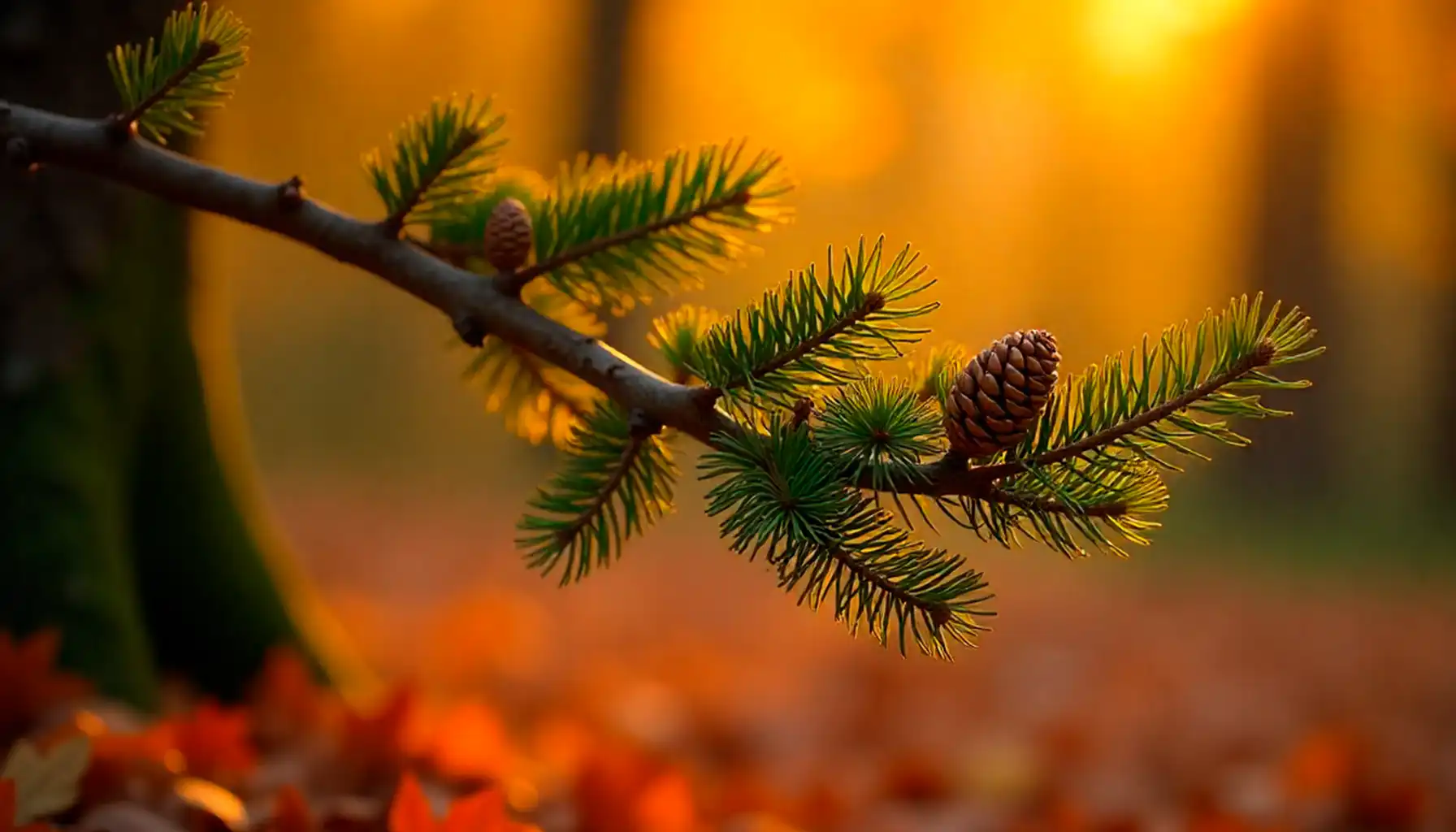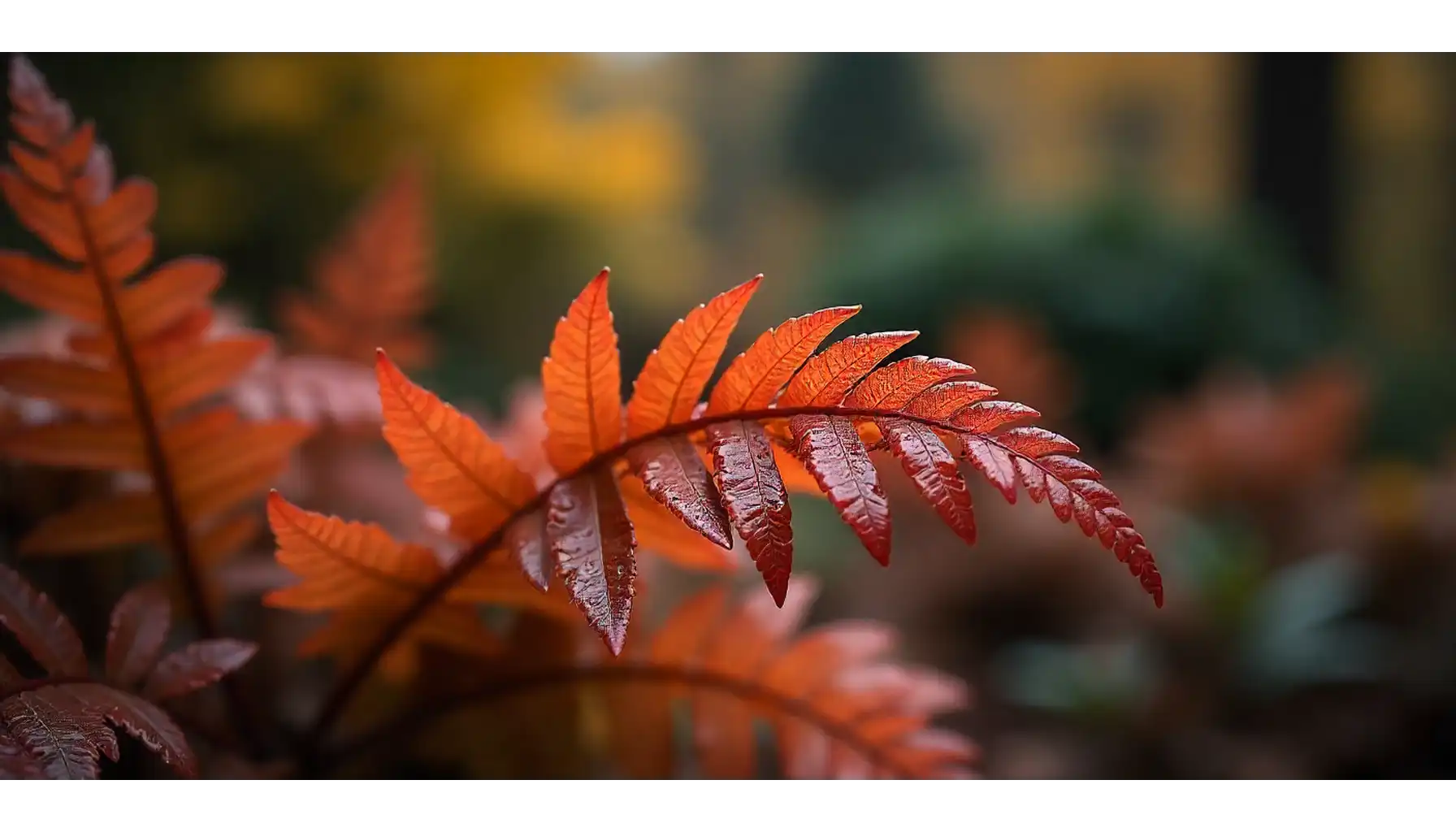The Azalea flower plant is popular for flowering shrubs. These plants show from the Pacific Northwest to the deep south of Louisiana and Florida. The flower has bright blooms, compact shape, and graceful structure. This flowering shrub grows in gardens, containers, and indoor spaces across the world.
The plant belongs to the Rhododendron genus and thrives in temperate climates. Correct planting and consistent care determine its strength and flower quality. For easy measure plant and light – get a free plant identifier. This guide explains how to care, feed, and maintain healthy azaleas for long-term growth and vibrant color.
Green ID
The Azalea has hundreds of varieties that differ in color, size, and flowering time. Some varieties bloom once each spring, while others produce flowers twice a year. Gardeners value this flower for its flexibility and rich palette of shades.
Scientific Name | Rhododendron x Robin Hill 'Conversation Piece' |
Type | Evergreen or deciduous shrub |
Height | 2-3 ft. |
Leaf Shape | Oval, glossy, or soft depending on species |
Flower Colors | Red, pink, white, purple, orange |
Native Range | North America |
Soil | Acidic (pH 4.5–6.0), well-drained |
Light Requirement | Full sun, partial shade |
Zones | 6-9 |
Bloom | Spring, Fall |
When to plant Azalea bushes? The Azalea flower blooms for several weeks two times a year. Its growth depends on temperature, humidity, and proper soil conditions.
Colors & Cultivars
‘Formosa’ – large magenta-purple flowers with ruffled petals.
‘Pink Ruffle’ – light pink Azalea plant with wavy petals.
‘GG Gerbing’ – pure white blossoms with soft petals.
‘Gumpo White’ – white blossoms with compact clusters.
‘Hino Crimson’ – bright red flowers with glossy leaves.
‘Northern Hi-Lights’ – creamy white petals with yellow blotch.
‘Golden Lights’ – golden-orange blooms with broad petals.
‘Stewartstonian’ – deep red Azalea plant flowers and bronze winter foliage.
‘Karen’ – bright pink blooms and exceptional cold hardiness.
When planted together with different varieties, colors create depth and visual harmony. To enhance the landscape effect, plant companion plants nearby, for example, Hostas, Wild Phlox and Annabelle Hydrangea. The arrangement also supports longer blooming periods since each variety opens at a slightly different time.
How to Plant Azalea Bushes
Gardeners must consider timing and location. The best time to plant Azalea bushes falls in early spring or early fall, when temperatures remain mild and soil moisture stays stable.
Where to plant Azalea Bushes? Choose a site that provides partial shade, as full sun can burn delicate leaves.
Before this process, test the soil. The pH should stay slightly acidic. Mix organic matter, such as peat moss or pine bark, into the ground to increase acidity and improve drainage. Dig a hole twice as wide as the root ball but not deeper. Set the seed so that the top of the root ball sits level with the ground. Fill the hole, press the soil lightly, and water thoroughly.
If you wonder how to plant an Azalea bush in poor soil, raise the bed slightly to improve air circulation around the roots. Proper soil preparation prevents rot and supports long-term root health.
Main Steps
Select acidic and loose soil for a healthy root environment.
Dig a wide and shallow hole to prevent water accumulation.
Place it at soil level to avoid stem rot.
Water deeply after planting to stabilize soil and remove air pockets.
Apply mulch to maintain moisture and cool the roots.
Indoor & Azalea Plant Outdoor
Both indoor and outdoor Azaleas share similar needs but differ in light and humidity levels. The indoor Azalea plant requires bright, indirect light and consistent moisture. Avoid placing it near heaters or air conditioners. Indoor humidity helps preserve the leaves and prolongs blooming.
The outdoor Azalea plant demands well-drained, shaded spots. It grows under tall trees that provide filtered sunlight. When choosing place, avoid low-lying areas that collect water after rain.
Method | Light | Watering | Soil | Uses |
Azalea Plant Indoor | Indirect light | Every 2-3 days | Loose, acidic potting mix | Decorative or house |
Outdoor | Partial shade | Once or twice per week | Sandy loam with organic matter | Landscape and hedges |
After settlement Care
Regular watering holds high importance during the first two to three years while the roots establish. In dry fall weather, gardeners should soak Azaleas before the ground freezes. This practice protects moisture levels in the soil and supports evergreen flowers that keep losing water through their leaves during winter.
When the site faces strong winds or the variety has limited cold tolerance, install burlap screens in front of it before winter. These barriers block freezing winds and prevent excessive drying of branches and foliage.
Growing Review: Pots
Container gardening allows easy control of soil quality and moisture. The Azalea plant in pots grows well on balconies and patios. Use a pot slightly larger than the root ball with holes at the bottom. Keep the soil loose and acidic. Water regularly but never flood the roots.
Gardeners can also grow Azalea house plant specimens indoors near windows. Rotate pots weekly for even light exposure. Regular trimming keeps the flower compact and decorative. Indoor Azaleas prefer cooler nights, around 60°F, which prolongs bloom duration.
Healthy Growth Guide Table
Growth Stage | Height | Recommendation |
Early Growth | 6-12 inches | Provide light |
Mature Shrub | 2-4 feet | Apply fertilizer |
Full Bloom | 3-6 feet | Prune old stems after flowers fade |
Azaleas develop steadily under proper conditions. The Azalea plant size depends on the variety and environment. Dwarf species reach two feet, while large garden types grow up to six feet.
The leaves should appear glossy and deep green. Pale or yellow leaves indicate poor soil or overwatering. Regular inspection helps detect any sign of pests or nutrient imbalance.
Azalea Care Essentials
Correct care keeps Azaleas strong for years. It needs steady watering, proper nutrition, and pruning after flowering. In hot regions, water more frequently to prevent leaf wilting.
One trick through Azalea plant care is to understand that shallow roots dry quickly. Maintain constant soil moisture without soaking. Apply mulch around the base to regulate temperature. Avoid lime or alkaline fertilizers because they weaken it.
Use specialized Azalea plant food designed for acid-loving plants. Apply it once every two months during the growing season. Excess fertilizer may harm roots, so always follow label directions.
Prune after flowers fade. Cut old or weak branches to encourage fresh growth. Remove dead leaves and spent blooms to improve airflow. Consistent pruning maintains the shrub’s rounded shape and increases the next season’s flower count.
FAQ
Where to plant an Azalea bushes?
The answer depends on sunlight, temperature, and wind exposure. The plant prefers morning sun and light afternoon shade. Strong winds dry leaves and reduce flowering. Near buildings keep at least two feet from walls to prevent root restriction.
How to choose the right variety?
Soil, climate, and bloom period determine proper variety choice. Early-flowering Azaleas mark the beginning of spring, while late bloomers extend color into early summer. By combining multiple varieties, gardeners can achieve continuous flowering and dynamic texture throughout the growing season.
Where can I buy Azalea?
Stores and online nurseries often list Azalea plant for sale in spring. Choose plants with healthy green leaves and moist soil in the container. Avoid dry or wilted specimens. Labels may show flower color and variety names.
What plants are not suitable for Azaleas?
Beware of Lavender, Roses and Peonies. These plants require alkaline soil, which is opposite to Azaleas’ acidic needs.
What are the ways to identify an Azalea?
Anyone who wonders what does an Azalea plant look like can recognize it by its funnel-shaped flowers, oval leaves, and dense branches. Evergreen species retain leaves through winter, while deciduous ones drop foliage and rest until spring.
How often do Azalea plants bloom?
It usually bloom once each year during spring. The exact timing depends on the variety and local climate. Early varieties open their flowers in mid-spring, while late types continue into early summer. With proper pruning, soil care, and balanced watering, some reblooming hybrids can produce a second flush of color later in the season.
How far apart to plant Azalea bushes?
Standard azalea bushes should be planted 2-4 feet apart to allow proper growth. Dwarf varieties require less space — about 1-2 feet between varieties. Larger azalea varieties need more room — ideally 4-6 feet apart for healthy development.
Related AI Plant Finder Posts
